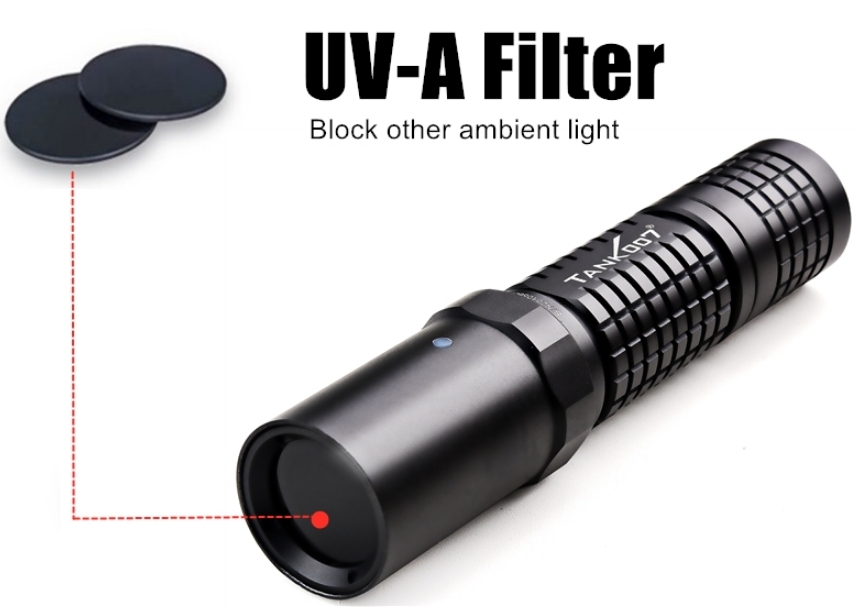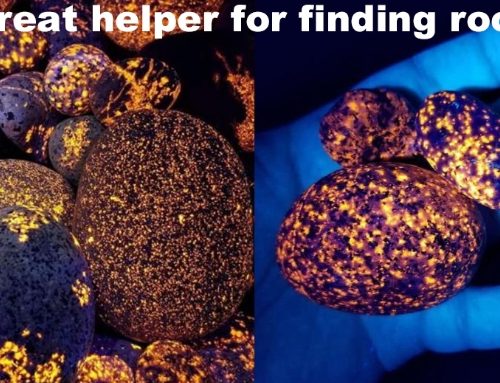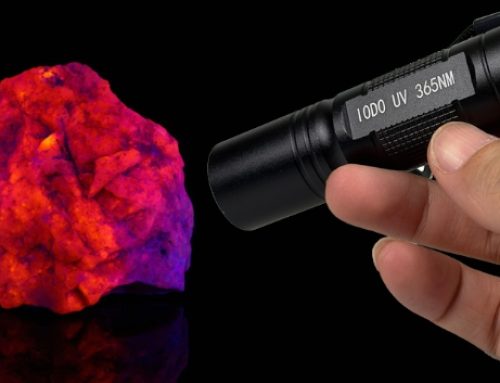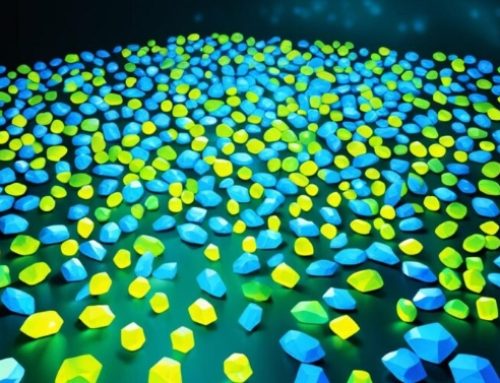Introduction
Mineral identification using UV flashlights is a fascinating and practical technique widely used by geologists, collectors, and hobbyists. UV flashlights allow you to observe fluorescence, phosphorescence, and other unique optical properties of minerals that are invisible under normal light. This guide will take you step-by-step through the process of using a UV flashlight for mineral identification, from preparation to observation and analysis.
1. Understanding UV Flashlights for Mineral Identification
UV flashlights come in three primary types based on their wavelength:
| Type | Wavelength Range (nm) | Best For | Examples of Fluorescent Minerals |
|---|---|---|---|
| UVA (Longwave) | 320–400 | Common field inspections | Fluorite, Calcite |
| UVB (Midwave) | 280–320 | Specialized research | Few select phosphorescent minerals |
| UVC (Shortwave) | 100–280 | Laboratory and detailed inspections | Willemite, Scheelite |
Key Takeaway: For most hobbyists and collectors, UVA (365 nm) flashlights are sufficient, while UVC is reserved for professional setups.
2. Essential Equipment for Mineral Identification
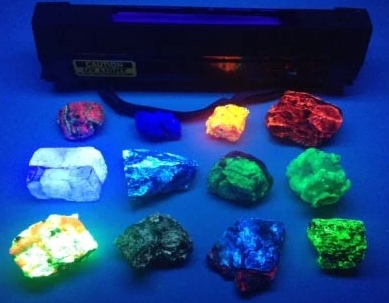
Before starting, ensure you have the following tools:
| Tool | Purpose |
|---|---|
| UV Flashlight (UVA or UVC) | For illuminating minerals |
| Safety Glasses | Protect eyes from UV exposure |
| Dark Room or Environment | Essential for clear observation |
| Mineral Reference Guidebook | Cross-reference observed effects |
| Magnifying Glass | Observe finer details |
| Protective Gloves | Prevent direct skin exposure |
3. Step-by-Step Guide to Using a UV Flashlight for Mineral Identification
Step 1: Choose the Right UV Flashlight
- Use a 365 nm UVA flashlight for general identification.
- Use a 254 nm UVC flashlight for detailed fluorescence analysis.
Step 2: Prepare the Environment
- Work in a completely dark room to eliminate interference from ambient light.
- Ensure your UV flashlight batteries are fully charged.
Step 3: Arrange Your Minerals
- Lay out your mineral samples on a non-reflective surface (e.g., black cloth).
- Keep sufficient space between each mineral to avoid light interference.
Step 4: Illuminate the Minerals
- Shine the UV flashlight directly onto the mineral surface.
- Observe carefully for fluorescence, phosphorescence, or reflection effects.
Step 5: Record Observations
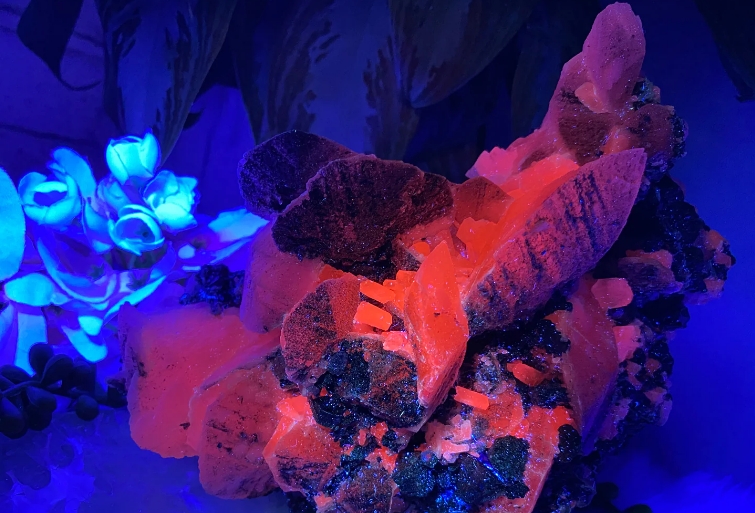
- Note the color, intensity, and pattern of the fluorescence.
- Use a mineral reference chart to match observed properties with known minerals.
Step 6: Cross-Check with Other Light Sources
- Compare results under normal light and incandescent light.
- Check if the mineral reacts differently under shortwave vs longwave UV light.
4. Common Fluorescent Minerals and Their UV Reactions
| Mineral Name | Fluorescent Color | Type of UV Light Required |
|---|---|---|
| Fluorite | Blue, Green, Purple | Longwave UVA |
| Willemite | Bright Green | Shortwave UVC |
| Scheelite | Blue-White | Shortwave UVC |
| Calcite | Red, Orange, Pink | Longwave UVA |
| Autunite | Yellow-Green | Shortwave UVC |
5. Tips for Accurate Mineral Identification
- Stability of Light Source: Ensure your UV flashlight emits a stable light beam without flickering.
- Check Multiple Wavelengths: Some minerals react differently to UVA and UVC light.
- Document Observations: Take pictures under UV light for future reference.
- Use Safety Precautions: Avoid prolonged exposure to UV light on skin or eyes.
6. Common Mistakes to Avoid

| Mistake | Solution |
|---|---|
| Using ambient light | Work in a fully darkened space. |
| Incorrect wavelength | Ensure the correct UV light type for your minerals. |
| Skipping safety gear | Always wear protective UV glasses and gloves. |
| Misinterpreting fluorescence | Cross-reference with mineral charts. |
7. Practical Example: Identifying Fluorite with a UV Flashlight
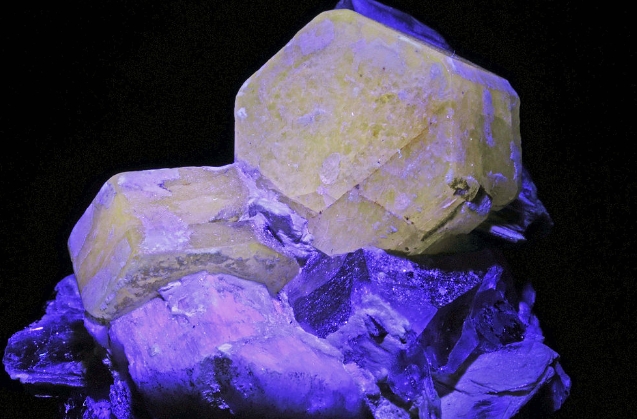
Step 1: Place the Fluorite sample on a black cloth.
Step 2: Shine a 365 nm UVA flashlight directly onto the sample.
Step 3: Observe for blue or green fluorescence.
Step 4: Turn off the flashlight and check for phosphorescence (afterglow).
Step 5: Compare with a reference chart to confirm the mineral.
Result: If the sample emits a blue or green glow, it is likely Fluorite.
8. Comparison Between UVA and UVC for Mineral Identification
| Feature | UVA (365 nm) | UVC (254 nm) |
|---|---|---|
| Ease of Use | Easy, portable | Requires safety precautions |
| Best For | General fieldwork | Advanced lab analysis |
| Safety Requirements | Minimal precautions | Strict protective measures |
| Mineral Response | Moderate fluorescence | Intense fluorescence |
9. Conclusion
Using a UV flashlight for mineral identification is a powerful technique that combines science with discovery. By understanding the different UV wavelengths, following proper procedures, and using the right tools, you can unlock hidden properties of minerals with ease.
Takeaway: Invest in a reliable UV flashlight, follow safety measures, and practice consistent observation techniques for the best results.
